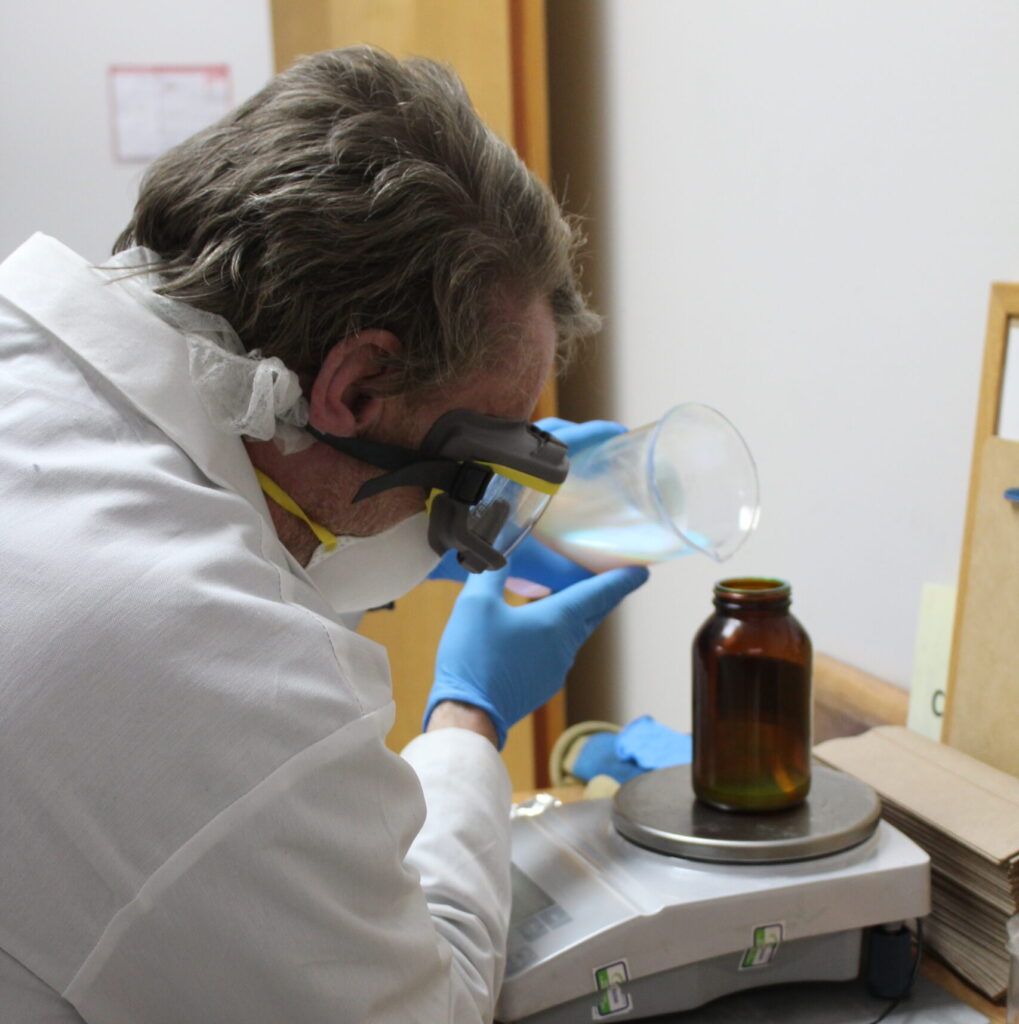What is Precision Phase Change Technology and How Does It Provide Highly-Accurate Temperature Readings?
All of Medical Indicators’ thermometers, including NexTemp®, NexTemp® Ultra, TraxIt®, and Tempa•DOT®, feature an innovative and proprietary chemistry system known as Precision Phase Change Technology. Our thermometers feature a handle on one end, and a dot matrix utilizing the Precision Phase Change Technology on the other. We use this technology in our thermometers in one of two ways: through either our NexTemp Liquid Crystal Technology™ or TempaDOT®’s Solid Crystal Technology. The NexTemp Liquid Crystal Technology™ is used in our NexTemp® and TraxIt® line of thermometers, while our TempaDOT® thermometers utilize the Solid Crystal Technology.
In both cases, the dot matrix is comprised of heat-sensitive crystals that contain a unique formulation of chemistry to measure and display core body temperature. The chemistry is designed to react, or change color, at a specific temperature point. Each dot has been custom formulated to react and change color at its precise temperature point that is accurate to ±0.2 ºF/±0.1 ºC – which is the highest level of accuracy attainable in any thermometer on the market today. The number of dots that fire is dependent upon a patient’s temperature. The last dot to fire, or change color, will provide the highly-accurate reading. For NexTemp®, NexTemp® Ultra, and TraxIt® thermometers when the dots fire, they will change color from green to black; and with TempaDOT® thermometers the colors will change from tan to blue.
Precision Phase Change Technology is a remarkable innovation that allows Medical Indicators’ thermometers to provide users with peace of mind knowing they are safe, reliable and accurate. To further ensure their accuracy and reliability, each thermometer undergoes two-stage precision accuracy testing throughout the manufacturing process that meets rigorous accuracy and quality control standards. We utilize calibrated precision water baths to confirm their accuracy and reliability, and to ensure we meet the requirements of both nationally and internationally-recognized testing standards.



